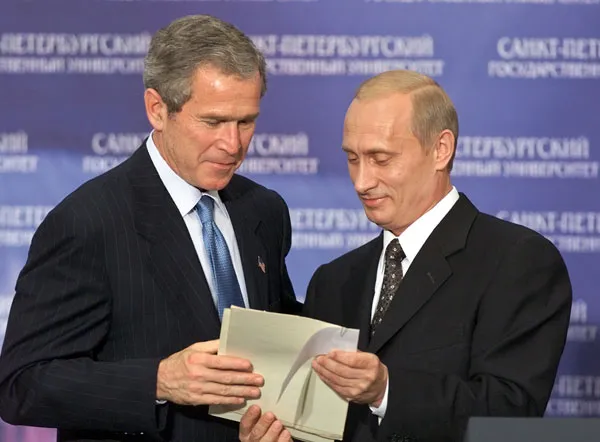Paris, Jan . 12, 2022 (EIRNS) – On Dec. 16, last year, the social and economic committee of Nyrstar, the last still operating zinc refinery of France, located in Auby in Northern France, announced the company will shut down operations for two months as of Jan. 2nd.
While the government and the banks are saying everything is fine and reindustrialization on the march, the explosive rise in electricity prices is driving heavy industry into bankruptcy.
At this moment, production is 10 times more expensive than usual. From 40 euros a few years ago, the average price of MWh over a day exceeded 400 euros before Christmas, with hourly peaks of over 600 euros. “For one atom of zinc, you need two electrons. That’s chemistry, it’s immutable,” says Xavier Constant, the site manager. To produce 170,000 tons of zinc annually, the plant consumes 730 Gwh, the equivalent of the electricity of the city of Lille (1 million inhabitants) and its suburbs. “It’s just untenable. It’s like asking a truck driver to pay not 1.50 euros but 15 euros for a liter of diesel,” warns Xavier Constant. And it’s not because the Auby plant is less efficient than another competitor. There is no zinc producer that can produce under these conditions.”
In January and February, electricity costs more anyway, as more people use it for heating. Prices are going up and therefore it is even more difficult for Nyrstar to keep up. In addition, several nuclear power plants are shut down this winter for repairs. The decision affects 300 permanent employees. Nyrstar has decided to maintain salaries at their normal level until a “recovery” will arrive on March 1. Maintenance and servicing operations will continue and employees will undergo training.
Ludovic Bouvier, the regional head of the CGT Metallurgy trade union, fears that the case of Nyrstar will spread: “At some point, we can ask ourselves the question that there is a contagion in the whole industry. The solution would be for the government to intervene to bring prices down or to lobby the European Commission to raise the cap on available electricity.”




